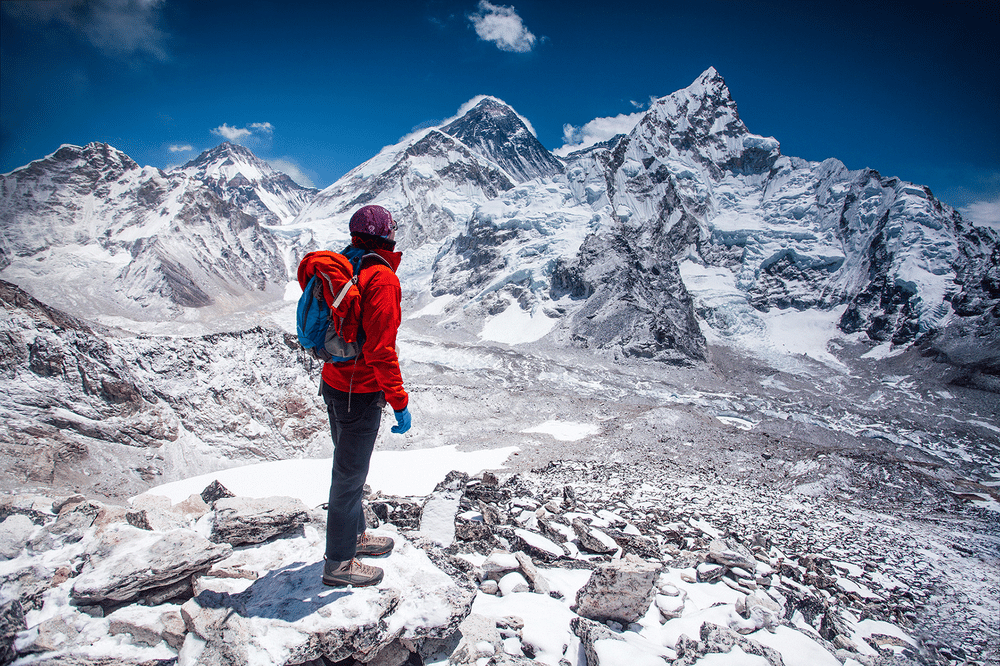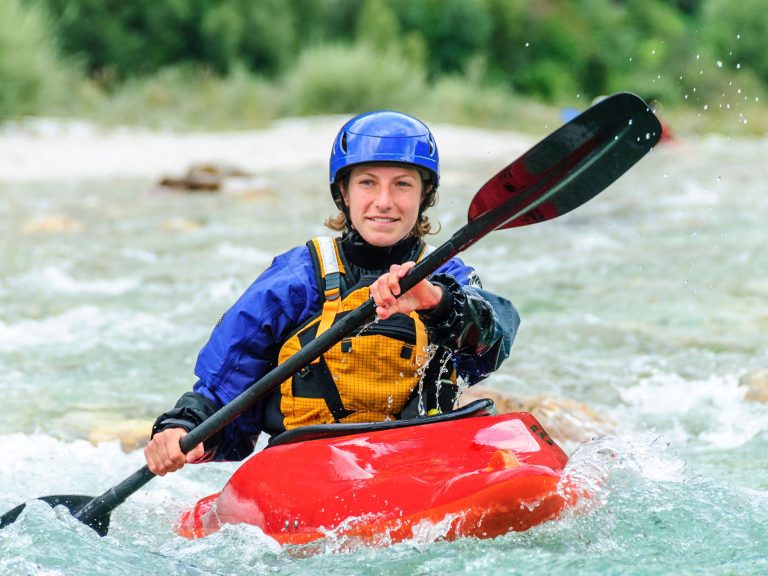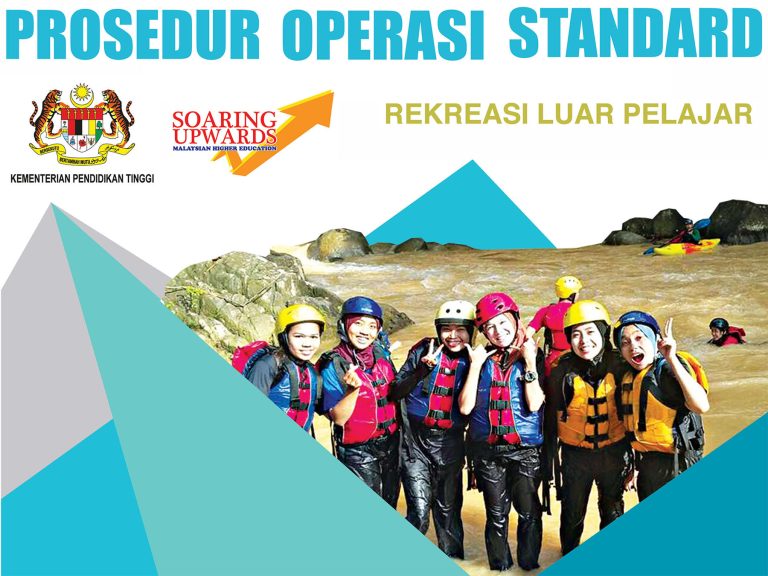Solo Trekking Banned, In Effort to Boost Safety and Job Creation
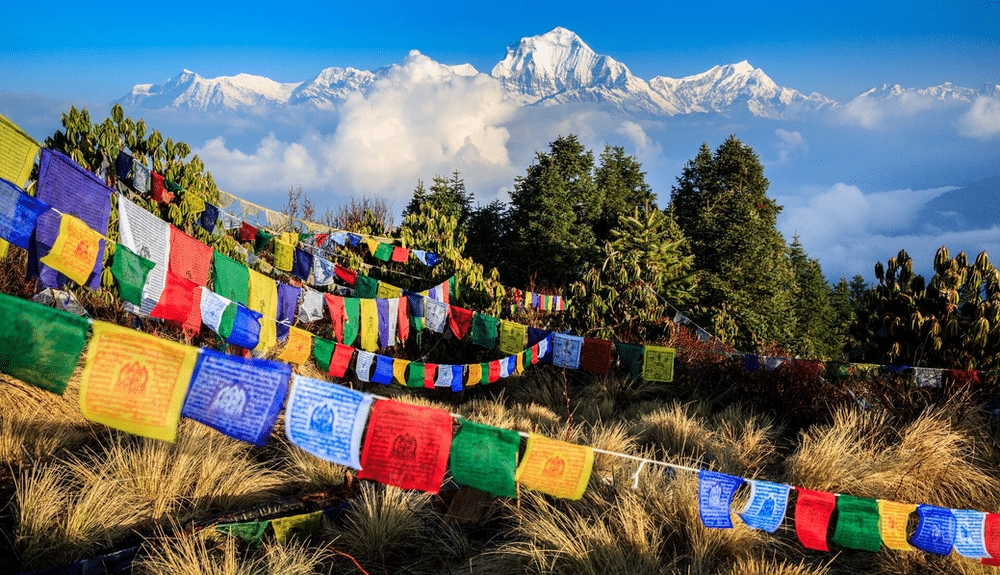
Nepal’s Tourism Board announced that as of April 1 2023, solo treks will be banned in all 12 national parks in the mountainous country famous for high-altitude trekking adventures.
Foreign nationals traveling alone or in groups, regardless of their experience level, will have to hire a licensed guide and obtain a permit from a tour operator. The rule does not apply to Nepali nationals.
The requirement, which is trekking-specific, does not apply to technical mountaineering expeditions such as climbing Sagarmatha (Mt. Everest).
The country’s most popular and well-known trekking routes, like the 145-mile Annapurna Circuit, Everest Basecamp Trek, Kanchenjunga Basecamp Trek, and Manaslu Circuit Trek, fall under the new rule.
The new requirement is billed as a safety measure for tourists, especially inexperienced travelers, whose treks bring them to remote locations where emergency assistance is not readily available, and where safety and rescue infrastructure is lacking.
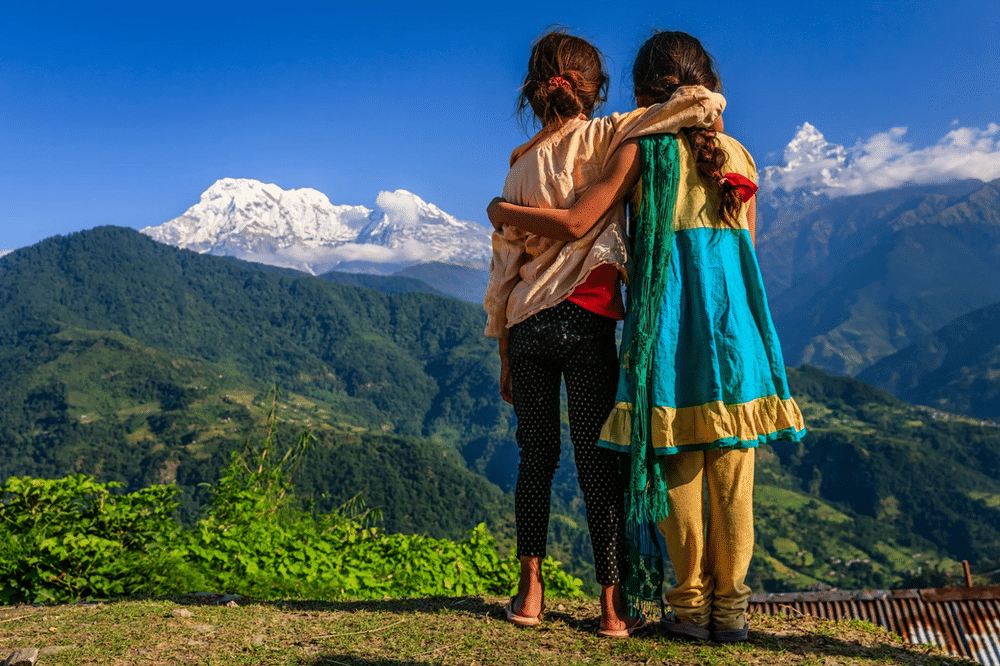
A view of Annapurna South
Nepal, in the Majestic Himalayas
Nepal has long been known as trekker’s paradise, and as holding one of the world’s great wildernesses. Treks in Nepal offer stunning views of snowcapped mountains, glaciers, and traditional Sherpa villages.
Eight of the world’s ten tallest mountains (including Sagarmatha, which also goes by the Tibetan name Chomolungma) are located at least partly in Nepal, which sits between India and China.
About ten trekkers go missing each year in Nepal.
Despite the risks, mountain travel in the Nepalese Himalayas and elsewhere has increased, as travel has become more affordable for many.
Some 400,000 trekkers traveled in Nepal in 2019. Of that number, about 50,000 were solo hikers. Most climbers in the area came from the United States, the UK, Germany, China, Japan and India.
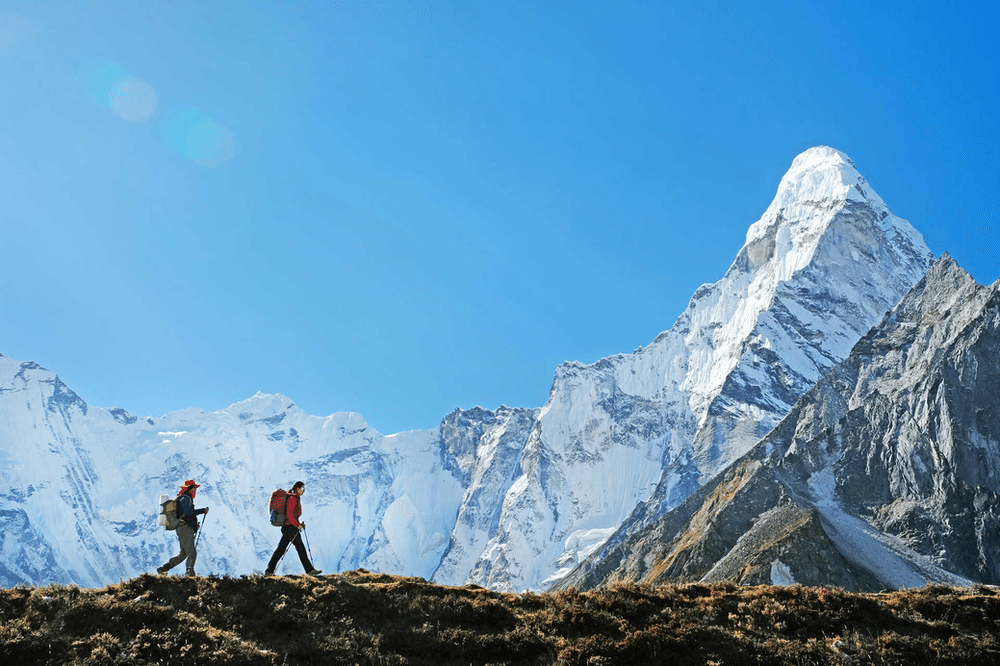
Awe-inspiring Beauty—But Not Without Risk
Although safety in Himalayan mountaineering has advanced greatly from decades ago, as technology and skills have increased, risks of travel in the Himalayas remain.
High altitude and severe weather can be deadly, especially for the inexperienced or incautious. In certain locations, it can be easy to get lost—and sometimes tourists disappear, never to be found.
The global climate crisis is increasing risks of mountain travel, including glacier collapse, flash floods, and harder-to-predict weather.
Due to the remoteness and ruggedness of the region, rescues can be expensive, dangerous, and sometimes impossible. Advanced medical facilities are often not readily accessible.
If a rescue is needed, a helicopter evacuation, costing up to USD 10,000, may be required. But severe weather or other issues can mean rescues may be delayed or prolonged.
To help locate trekkers in case of emergency, hikers in Nepal must obtain a Trekker’s Information Management System (TIMS) card—costing 2,000 Nepalese rupees, about USD 15—before proceeding on treks in managed areas. Failure to do so can lead to substantial fines and removal from the area.
The new requirement for guided treks adds an additional layer of safety to trekking in Nepal.
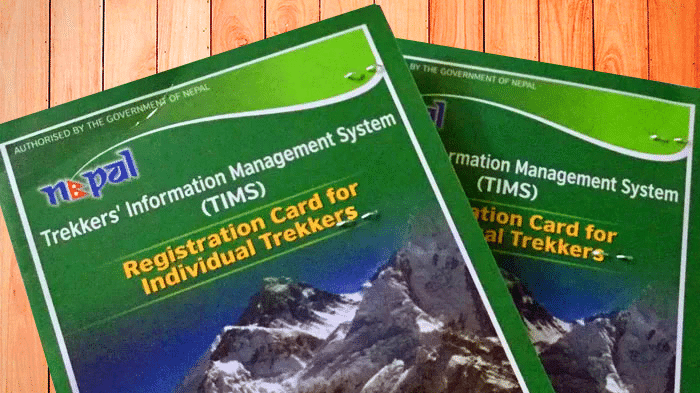
Is the Guide Requirement About Safety—Or Money?
Probably both.
The March 2023 press release from the Nepal Tourism Board announcing the new guide requirement noted, "In addition to safety, the new provision will create employment for workers in the tourism sector of Nepal."
The Himalayan Times reported the move was meant to both enhance safety and create job opportunities in Nepal.
The new requirement could create up to 40,000 new jobs for Nepalis, the President of the Trekking Agencies Association of Nepal said.
But a dual aim to support safety outcomes and economic development is completely understandable.
Nepal is one of the world’s poorest countries. The nation’s 2020 net national income per capita was USD 1,078. The USA’s was $53,329. Luxembourg’s: USD 67,967.
Nepal could use the extra money.
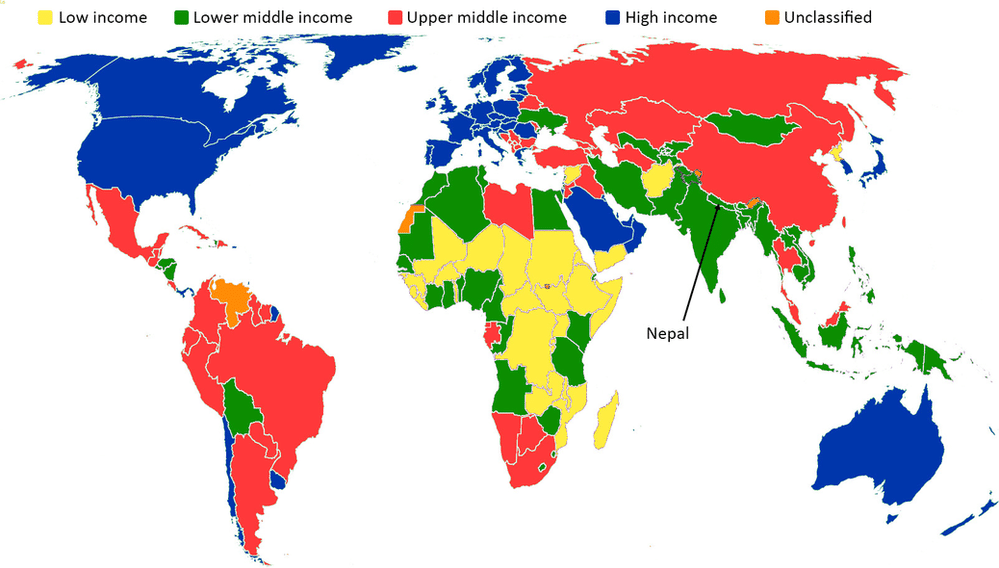
Nepal is a lower-middle income economy, per the World Bank.
Tourism, which contributes about seven percent of Nepal’s GDP, is a big part of the country’s economy. Many countries, from Costa Rica and New Zealand, to South Africa and India—even affluent states like the United Arab Emirates and Saudi Arabia—see adventure tourism as a key part of sustainable economic development.
When tourists disappear on a trek, it leads to bad news media coverage, discouraging potential adventurers and harming Nepal’s safety reputation and economy.
And Sherpas face low pay, hazardous conditions, and a “scant safety net” for their family if they’re injured or killed on the job. Looking for a better life, Sherpas are leaving the industry.
So it’s easy to understand that economic development is an important concern for Nepal, and is woven into many aspects of government policy, including adventure tourism safety.
Critiques
The new requirement was widely welcomed by trekking companies and guides. But not everyone was in favor.
The US Embassy in Nepal noted that “some popular trekking regions of Nepal do not intend to comply with new guidelines.”
The move was criticized for not applying to Nepali trekkers, some of whom might be less well-prepared than foreign adventurers.
Critics also questioned why the rule applies to all travelers, regardless of their skill and safety procedures. They suggested that efforts could instead be made to improve the training of guides, to make hiring them a more attractive option for visitors.
But criticisms aside, there’s universal agreement that trekking in Nepal has real safety issues to address.
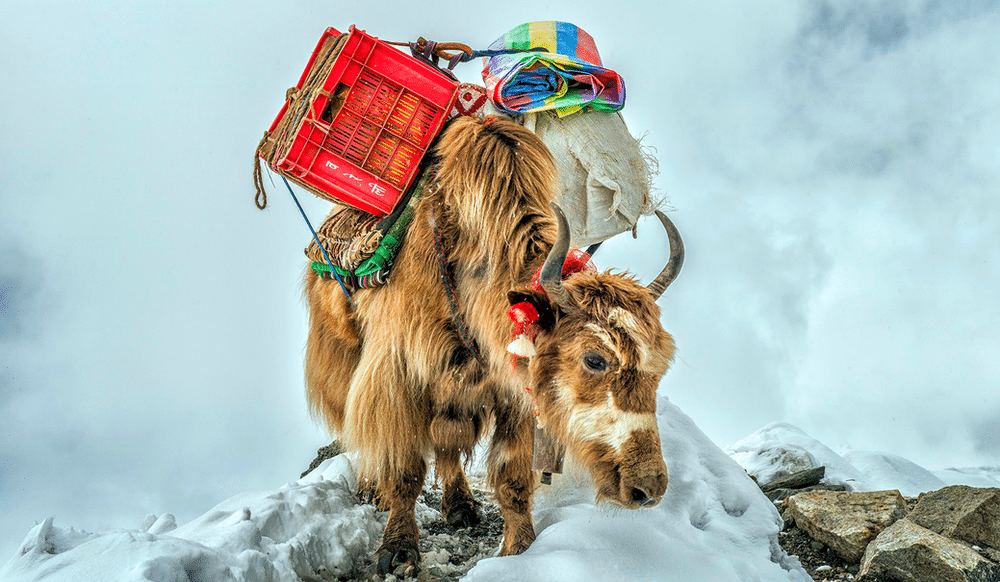
Safety Outcomes and Other Consequences
Jeannette McGill, the first South African woman to summit Manaslu (8163 meters), is an experienced 8000-meter mountaineer, and leads high-altitude expeditions professionally in the Himalayas.
She’s also a graduate of Viristar’s Risk Management for Outdoor Programs course.
Jeannette said of the new requirements, “Overall I believe it’s a good idea, seeing the uptick in tourist deaths in places like Thorong La and Manaslu.” She continued, “That said, the new guides/guide porters that get these jobs need the requisite training so that everyone is safe.”
Solo trekking can be budget-friendly, and offers the freedom to explore without having to follow a group itinerary or spend time with strangers. And some treks have clear, well-used trails, with plentiful accommodation options, restaurants, and wifi.
Jeannette recognizes that there will be some loss of freedom for experienced trekkers who would like to travel solo, and the extra cost will be hard for people on a very tight budget.
But, she says, “learning more about Nepal, its people and culture is an upside, as is giving back to the local communities. I think this is what responsible travel now involves.”
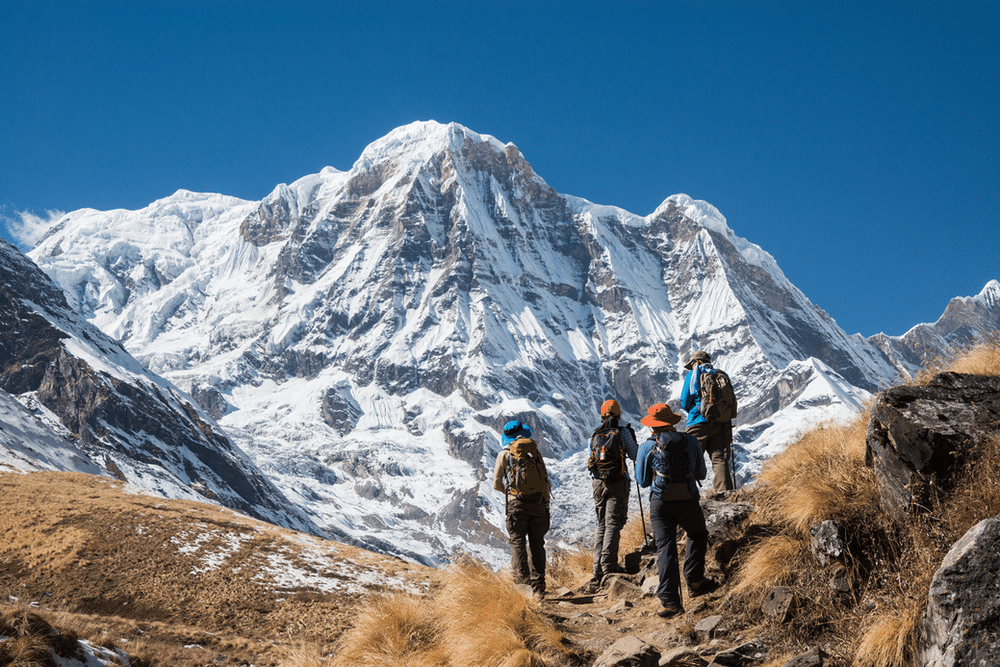
Annapurna Base Camp trekking
Another graduate of Viristar’s risk management training, who is based in Nepal and who trains mountain guides there, notes that the training that Nepali guides are required to go through in order to get their guiding license is relatively limited.
The class required for licensure, he noted, has sections on permitting logistics and cultural history. But it lacks comprehensive training on safety incident prevention and management. More extensive mountain safety courses are available—but are not required, and are not always affordable for local guides.
Similar guide requirements are in place elsewhere. Trekkers who climb Mount Kilimanjaro, for example, must be accompanied by a licensed guide.
Machu Picchu also newly requires guides, although exploring the ancient Inca ruins is not particularly remote or dangerous. But having an experienced guide can transform a walk through a confusing jumble of stones into a vivid exploration of a different culture, as the guide’s interpretation brings the site alive for visitors.
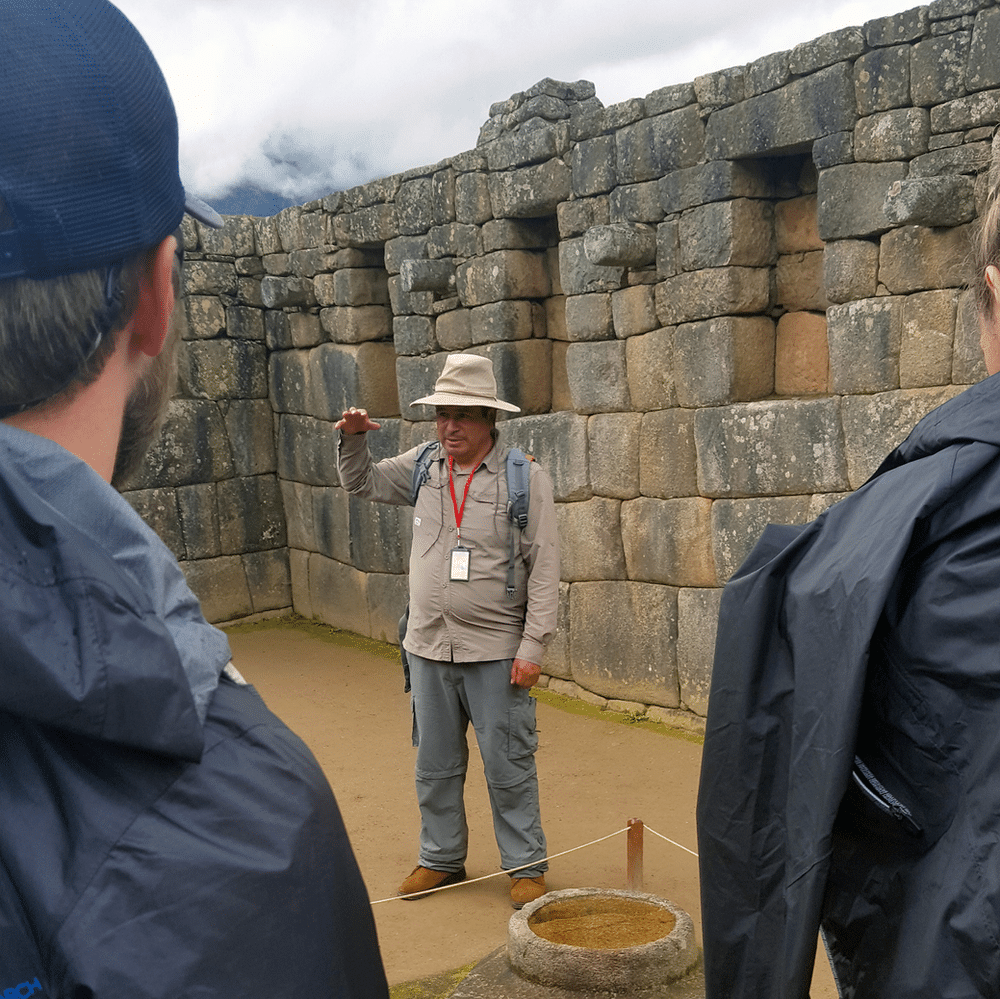
An official Machu Picchu guide telling stories to tourists, bringing the Inca ruins alive for visitors
In Nepal, a guide costs USD 25 to 50 a day, for standard-intensity treks (the cost is more for longer or more difficult trekking routes), and is an affordable investment for many price-conscious trekkers.
Even if a guide may not appear to be necessary for safety reasons, many solo trekkers choose to hire one. The guide or porter-guide enables trekkers to walk more comfortably, experience vivid cultural interpretation, and have a local expert arrange accommodations and other logistics.
The most popular trekking option in Nepal is group travel, where the new guide requirement will have little financial or other impacts on tourists, and is unlikely to greatly change visitation patterns.
But areas with popular solo trekking routes—such as Annapurna Base Camp, Ghorepani-Poon Hill, and Langtang Valley—may see a more significant decrease in visitors and their money.
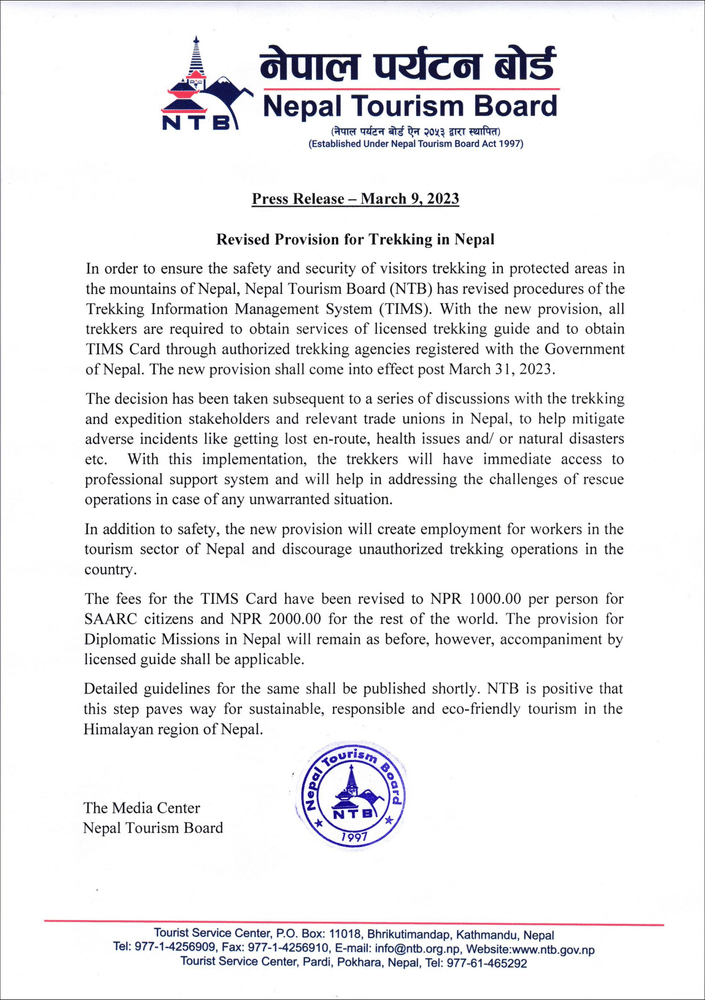
World Governments Say: Don’t Go Alone
It’s not just the Nepal government which encourages trekkers in Nepal to avoid solo trekking. Other governments around the world say so—sometimes in boldface capital letters.
The government of the USA has a long-standing and strong recommendation to not trek alone in Nepal. The US State Department says:
Solo Trekking: DO NOT TREK ALONE. The U.S. Embassy in Kathmandu strongly discourages U.S. citizens from hiking alone or even separating from larger traveling parties while on a trail. In recent years, U.S. citizens and other foreigners have disappeared, been seriously injured, or been victims of violent crime while trekking alone. In some cases, even after extensive search efforts, missing solo trekkers have not been found. The safest option for trekkers is to join an organized group and/or use a reputable trekking company that provides an experienced guide and porters who communicate in both Nepali and English.
In case the message was not clear, the State Department continues, in a discussion of the dangers such as landslides and floods:
Natural Disaster Risks: Trekking in Nepal comes with the risk of natural disaster. DO NOT TREK ALONE.
The US government notes that avalanches, landslides and falling rocks are risks, even when trails are clear. Earthquakes, the government warns, have destabilized some mountain areas, causing severe landslides. Monsoon rains, which usually run June through September, may also destabilize mountainsides and steep slopes, and damage telecom services and transportation infrastructure, making emergency evacuation more difficult.
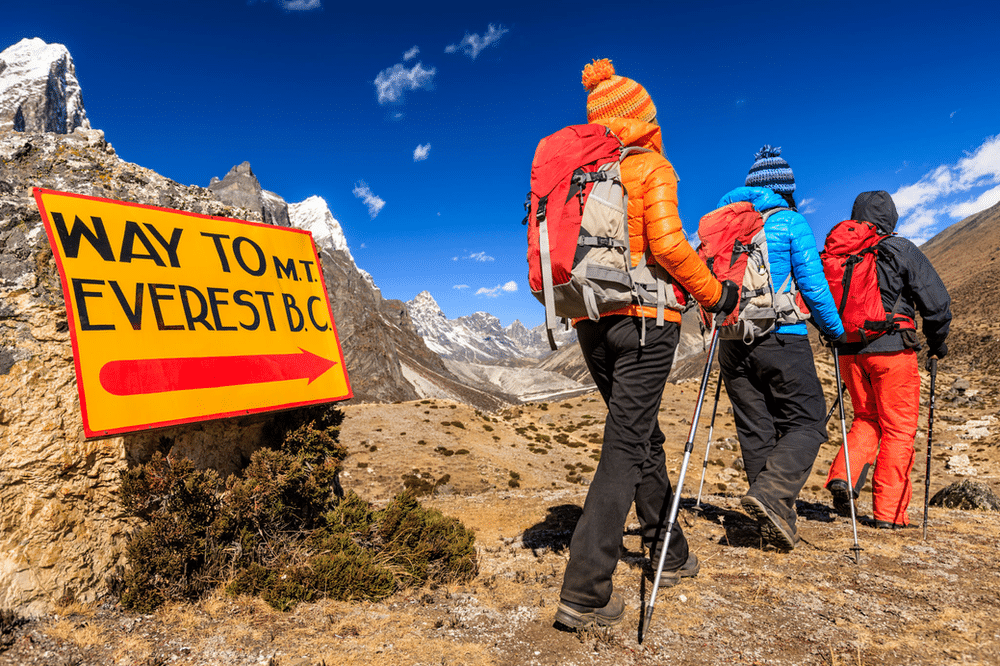
In addition to promoting group travel, the US government recommends that tourists to Nepal get travel and evacuation insurance, register their itinerary through the Smart Traveller Enrollment Program, and check with the Himalayan Rescue Association about trail conditions and local travel risks.
If the message still isn’t clear, the State Department says, yet again, in the context of dangers of high-altitude travel:
Altitude Risks: Everyone, regardless of age, experience, or fitness level, should exercise caution when trekking at high altitudes. Many popular trekking routes in Nepal cross passes as high as 18,000 feet. Only experienced mountain climbers should tackle the Himalayas. DO NOT TREK ALONE.
The foreign travel sections of other governments have the same message. For example, the Australian government tells travelers to Nepal, “Don't trek alone.” And the Irish government says to would-be Nepal trekkers: “We strongly advise you to remain on established routes, and to walk in groups. Don't trek alone.”
Other Safety Issues
The US government describes other safety concerns that may face travelers to Nepal, not all of which can be addressed by the presence of a trekking guide.
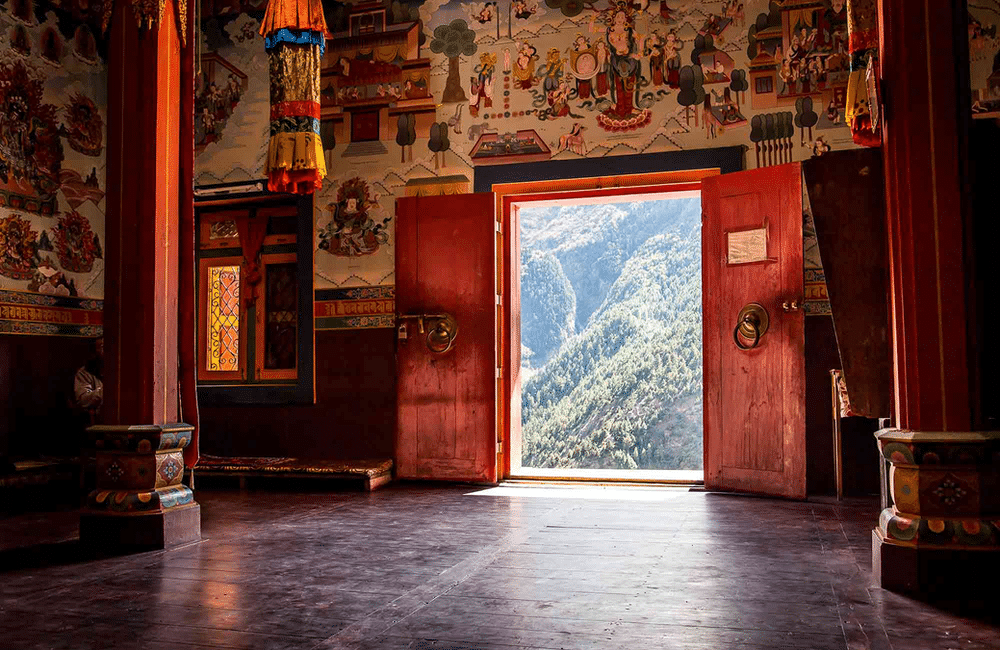
Buddhist monastery in the mountains
The US State Department claims that in Nepal, “no formal tourism industry infrastructure is in place,” and that “emergency response and subsequent appropriate medical treatment is not available in-country.” Medical care, the agency warns, is limited and often below Western standards.
Although ultralight aircraft tourism and paragliding have become popular in Nepal, the Department warns, “safety standards may or may not follow international best practices.”
Travellers are also cautioned about the potential for natural disasters in Nepal, which has a high risk of major earthquakes. “Lack of adequate emergency response vehicles, equipment, and medical facilities, combined with building codes that are not strictly enforced, may multiply the extent of possible catastrophic damage from a major earthquake,” the agency cautions, and the Nepal government’s ability to respond to natural disasters “may be limited.”
In terms of transportation, travellers are advised that roads lack basic safety features and are in poor condition; many drivers are neither properly trained or licensed; vehicles are poorly maintained, and public vehicles are often overloaded.
The State Department’s assessment of aviation safety notes that “Domestic air safety is a concern.” Airports in Nepal’s mountainous areas are “notoriously dangerous,” the Department says. Due to poor aviation safety, since 2019 all Nepali airlines are banned from flying into or within European Union countries.
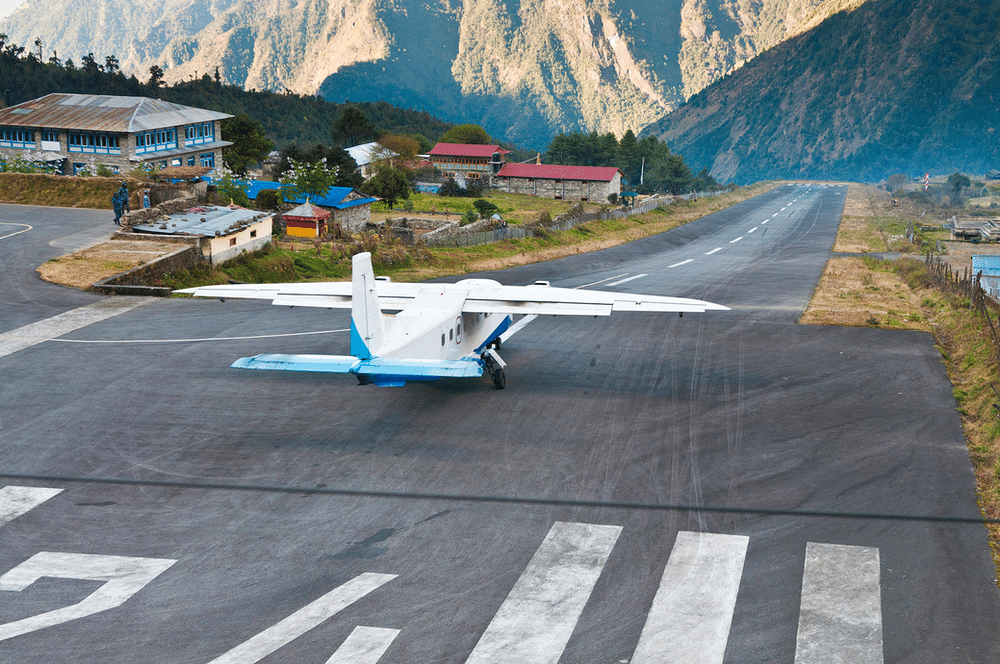
The short runway at Lukla, “the most dangerous airport in the world”
Australia's Department of Foreign Affairs and Trade also offers cautions for travellers to Nepal. DFAT notes that in Nepal, tour operators and transport companies “don't always follow safety and maintenance standards,” including for adventure activities like trekking, rafting, kayaking and paragliding.
The Department warns that “some mountaineering expedition companies may hire inexperienced guides in order to offer cheaper prices, including to climb Mount Everest,” and recommends evaluating activity providers carefully before booking.
DFAT also cautions that trekkers are sometimes pressured into taking expensive helicopter evacuations at “the first mild signs of ill health” without a proper medical consultation. Trekkers must then pay the cost when insurance companies decline to cover the unnecessary evacuation. The Department notes there are reports of dishonest trekking guides deliberately serving contaminated water or food to make travellers sick to justify an evacuation.
It's worth noting, however, that these considerations are not unique to Nepal. Any country with a similar economic status would likely have the same or similar issues.
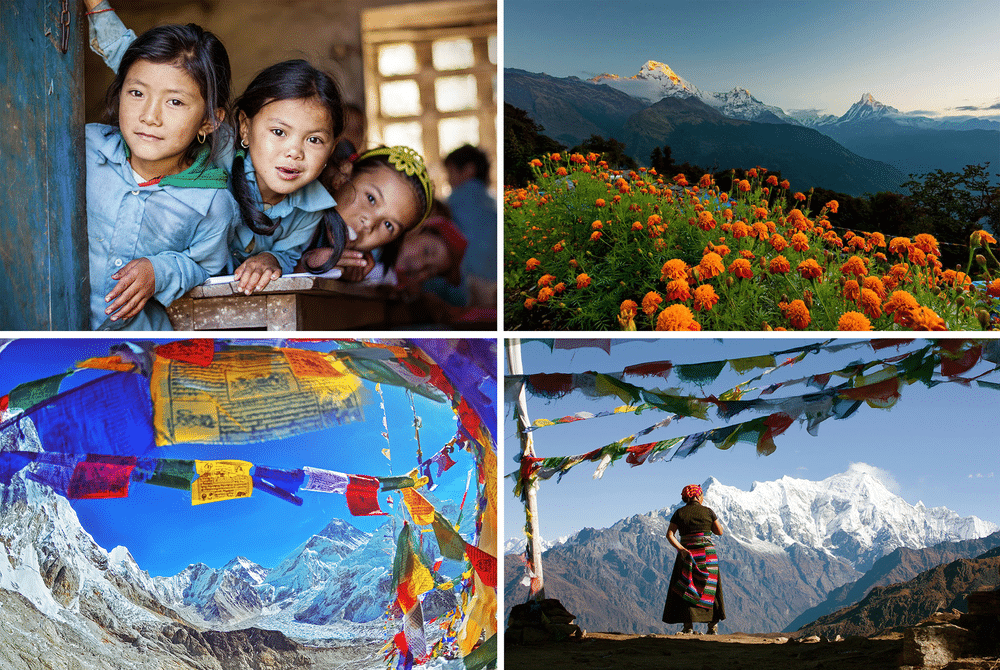
Mountain scenes of Nepal
Conclusion
Most complex decisions involve tradeoffs, where there are benefits and drawbacks to any choice. This regulatory judgment is no different.
Nepal’s decision to require trekking guides is, on balance, probably a good thing. The specific nature of the consequences of the rule, however, depends on how it is implemented and enforced.
Nepal joins a growing list of other nations which are increasing regulatory requirements and standards for safety in outdoor and adventure experiences. These countries include Singapore, Thailand, Georgia, India, China and South Africa.
Viristar has supported this work, with a team including renowned Nepal expedition doctor Nima Namgyal Sherpa providing risk management courses and wilderness medicine training to outdoor professionals in Nepal and over 50 other countries worldwide.
Safety management in Himalayan mountain travel has been steadily increasing over the last 40 years. Nepal’s new requirement for licensed trekking guides represents another step forward in good risk management for the country’s outdoor adventure sector.
